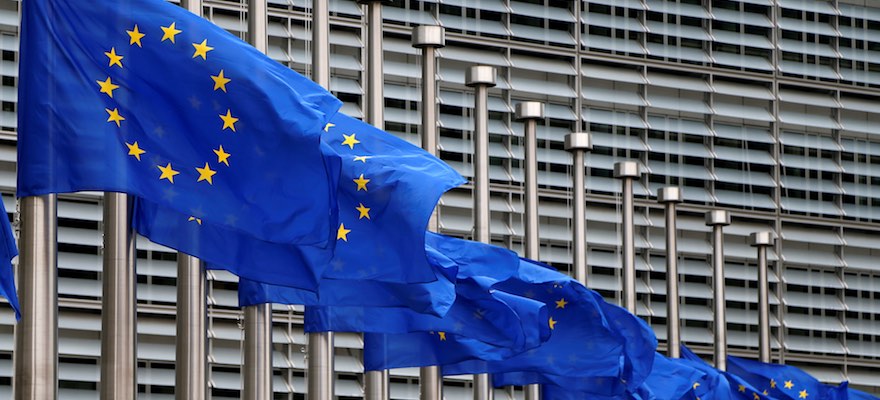A new report by the European Central Bank (ECB) says that it could begin serious study and exploration of a ‘digital euro’ by the middle of 2021.
"The High-Level Task Force on CBDC will coordinate this experimentation, so that the resources of the Eurosystem are leveraged efficiently," the report reads. "To ensure that meaningful answers are obtained to the open questions raised in this report, towards mid-2021 the Eurosystem will decide whether to launch a digital euro project, which would start with an investigation phase."
The report also contained information on how a digital euro could protect Payments in the future, as well as the impact that a digital euro would have on the landscape of Europe’s financial ecosystem, dubbed the ‘Eurosystem’.
“While cash is still the dominant means of payment, new technologies and the increasing demand for immediacy from consumers are changing the way European citizens pay. This is evident in the expanding role of fast electronic payments,” said the document, which was made public on Friday, October 2nd.
“[...] Issuing a digital euro would be relevant for nearly everything the Eurosystem does and it would have pervasive effects on society as a whole.”
”The Eurosystem needs to Be Equipped to Issue [a Digital Euro] in the Future.”
Additionally, the report seemed to make the case that a digital Euro may eventually be necessary for the future of the EU’s economy: “the possible advantages of a digital euro and the rapid changes in the retail payment landscape imply that the Eurosystem needs to be equipped to issue it in the future,” it said.
“A digital euro could support the Eurosystem’s objectives by providing citizens with access to a safe form of money in the fast-changing digital world. This would support Europe’s drive towards continued innovation. It would also contribute to its strategic autonomy by providing an alternative to foreign payment providers for fast and efficient payments in Europe and beyond.”
Digital Euro Must Be Resilient, Accessible, and Function Primarily as a Means-of-Payment
Moreover, the ECB’s report said that if or when it is created, the digital Euro must fulfill a number of requirements.
First of all, the digital Euro must keep apace with the latest technology and must be made accessible “through standard interoperable front-end solutions throughout the entire euro area and be interoperable with private payment solutions.”
The digital Euro should also match some of the distinctive features of cash, be easy to use, be free of charge, and protect the privacy of its users. It must be a tool to improve monetary policy transmission, and must be equipped with features “that are at least as attractive as those payment solutions available in foreign currencies or through unregulated entities”
Furthermore, the report stipulated that the digital Euro should be available through a large number of resilient channels separate from other payment services, so that it can be used in case of emergency – for example, throughout a global pandemic.
The digital Euro should be made available outside of the Eurozone, be environmentally friendly, and cost-effective. The digital Euro should additionally have a primary function as a means of payment rather than a vehicle of investment.
“Given the risks for monetary policy transmission and financial stability, it is not desirable for the digital euro to attract very large investment inflows,” the report said, acknowledging that “however, if individual holdings of digital euro were too low, either because of rigid constraints or because of disincentives applied above a relatively low threshold, then the digital euro would be less attractive as a means of payment and less competitive than alternative instruments.”
The report comes not long after a leaked draft of a new set of rules for the crypto industry from the European Commission known as the ‘Markets in Crypto-Assets’ (MiCA) was shared across the internet.
The EU’s draft legislation seemed to aim to provide legal clarity around Cryptocurrencies (including security tokens and stablecoins) that is in line with Europe’s Markets in Financial Instruments Directive (MiFID), which acts as a legal framework for securities markets, trading venues and investment intermediaries.






















